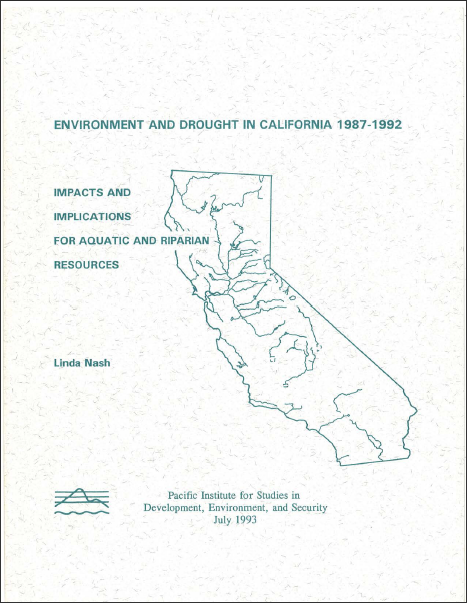Environment and Drought in California 1987-1992

Environment and Drought in California 1987-1992
Drought is a natural phenomenon, which may potentially contribute to stability of ecosystems over the long-term; however, the resistance of species and ecosystems to natural stresses is dependent upon the condition of ecosystems prior to the onset of drought. Highly modified ecosystems, such as those encountered throughout California, are much more likely to suffer permanent changes during extended dry periods. California’s plant and animal populations have weathered droughts of comparable severity in the past; yet there are many factors today that prevent wild populations from rebounding from a drought as they once might have. Among the most important are the extremely small size of many populations and the fragmentation of habitats. Small populations are more likely to become extinct as a result of droughts, while fragmented habitats make it impossible for species to migrate to seek better conditions during drought and also preclude the natural recolonization of areas following a sever drought. Overview

